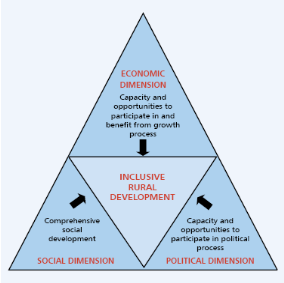2.8. Education's Role in
Development
Education is different things to different
people. Besides the economic benefits already mentioned, education up to a
certain level has often seen thought of as an inherent right. Education has
also been promoted because it can socialize people. Through a common schooling
experience, it has often been thought; people from different national, social,
ethnic, religious, and linguistic backgrounds can be encouraged to adopt a
common outlook on the world. (Malcolm Gills, et al., 1987). finally education
is also thought to confer civic benefits and can be used to promote economic
development for example well trained workers, and who live in the villages and
work closely with the farmers when new techniques are being introduced.
(Everett E. Hagen, 1968)
Expenditure to produce physical equipment for future
production is termed investment. Even though one accepts the judgment that
education can contribute greatly to productivity, one must be cautious in
assuming that the level and types of education provided in technically advanced
countries will increase productivity in less advanced countries. To take the
extreme example, skill in the use of high - speed computers would be useful
to extremely few individuals working in ,say, Ceylon and to none in Rwanda -
urundi (Everett E. Hagen, 1968)
2.9. Three dimensions of
inclusive rural development
Figure 1. Three dimensions
of inclusive rural development

Figure 2.1. Three dimensions of inclusive rural
development (Fernando, 2008)
This figure illustrates the elements necessary for empowerment
programmes which engage in growth, capacity enhancement, competency
improvement, and opportunities. It also distinguishes approaches from the
developing world to promote rural development (Cheam Phan Viriya, October
2009)
| 

